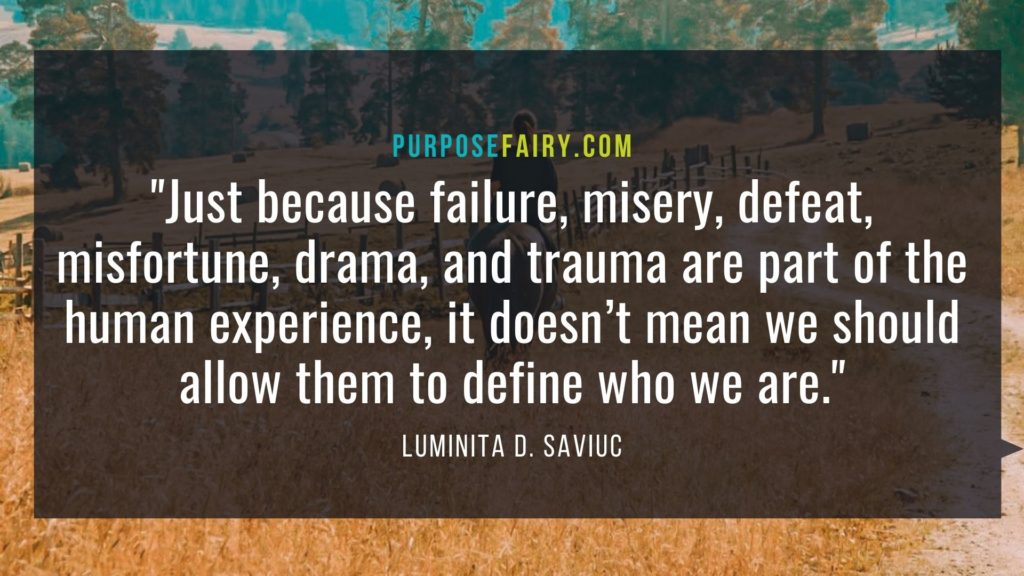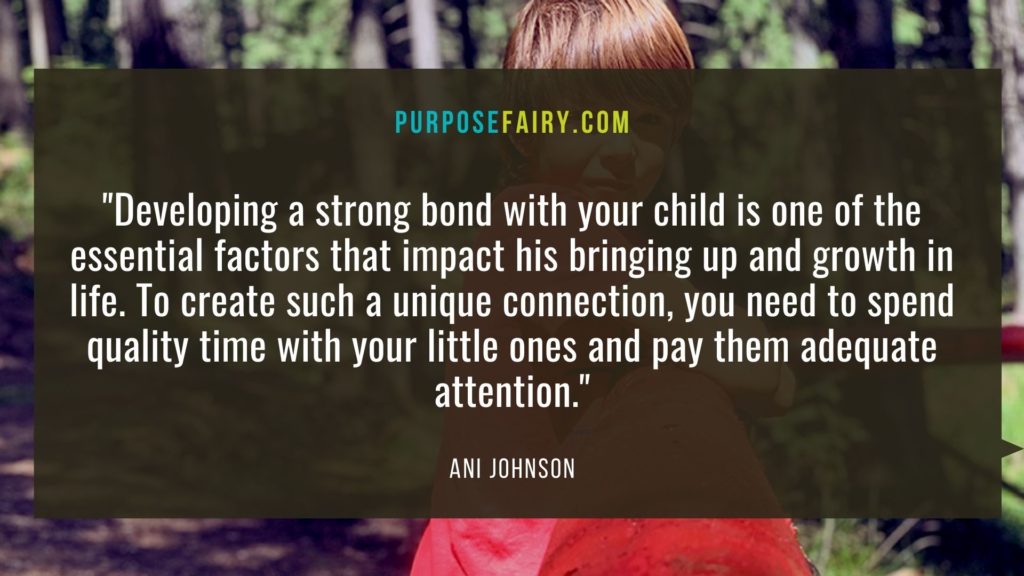
Kindness is one of the most important virtues to teach your children — and the leaders of tomorrow. As a parent, it can sometimes feel overwhelming to consider all of the possible ways to instill the best virtues in your children, but it might end up being simpler than you think. Even though kindness is one of the most important values to teach to the youth, showing them kindness is likely the best way to build it up.
Teach Your Children Kindness
Here are a few tips for parents looking to teach their children kindness, with kindness, and to be kind for all their lives.
9 Powerful Ways to Teach Your Children to Be Kind
1. Teach Your Children Sharing
The phrase “sharing is caring” goes a long way — mostly because there’s so much truth behind it. When kids learn how to share early on, it sets the framework for other meaningful lessons and interactions in the future. Whether it’s playing games that involve sharing, showing them how to share their toys, or modeling sharing for them, it’s a great way to set the foundation for kindness.
2. Teach Your Children Patience
Patience, like sharing, is another skill that lays the foundation for raising children with kindness. Teaching your children to be patient with their emotions, life situations, and other people can be a gateway to politeness, understanding, and other facets of kindness. Plus, when you instill it young, it becomes second nature.

3. Teach Your Children Communication Skills
Although kindness is often about showing it through your actions, communication is a form of action in many ways. Words matter, and the way we interact with one another sets a precedent for how we act towards others going forward. Teaching your children how to express their feelings, take input from others, and have productive dialogues can go a long way.
4. Teach Your Children to Show Unconditional Love
Unconditional love is often easy for most parents to show in abundance — because you do unconditionally love your children! So, one of the best and easiest ways to raise kind children is to support them and love them fully, so they have the foundation they need to grow into their best selves.
5. Teach Your Children to Model Kindness With Others
In addition to modeling kindness around them, it’s also important to model kindness in front of them in order to teach them the best way to interact with others. No matter where you are, what you’re doing, or who you’re interacting with, showing kindness when your kids are there can build the habit in them early. Kids want to be like their parents, so when you show them that adults behave with kindness, they’ll naturally want to follow suit.
6. Teach Your Children to Apologize If They Make Mistakes
Yes, not just to others, but even to your kids themselves! Kindness isn’t just about charity or politeness; it’s about the overall interactions you build with those around you, including the times when you make mistakes.
Teaching kindness to your kids is about humbling yourself, and letting them see that everyone makes mistakes and everyone accepts responsibility for the things they do. If you make a mistake, apologize. They’ll learn from watching you.
7. Teach Your Children That It Isn’t Always Easy
Just like anything you want to teach your child, it’s important to remember that they’re still learning the steps to being human in this world. Some of the things that might seem easy to you take time and practice for them.
Even if they aren’t getting the hang of things right away, it can be important to remember that kindness isn’t always easy, even for adults, and that with a little patience and reminding, you can set them back on the right path, gently.

8. Teach Your Children by Rewarding Manners
Although kindness and manners aren’t always the same, there is a significant amount of overlap that comes into play when teaching kids how to behave. Although there is so much more to kindness than having good manners, the thought and care that goes into being polite often translate to skills of kindness, too.
Saying “please” and “thank you,” offering to help out when someone needs it, and other common etiquette “rules” are often seen as kindness, so it can be beneficial to bring that into the conversation.
9. Teach Your Children by Using Positive Reinforcement
Speaking of kindness, showing some kindness on your end in how you teach your kids is also extremely helpful in building positive association. While negative reinforcement sometimes works in the moment, it’s better in the long run to reward good behavior than it is to punish negative behavior. That in itself is a form of kindness.
How to Teach Your Children to Be kind?

Kindness is so much more than manners, and it looks different on everybody — children included. By teaching your kids the values of patience, sharing, communication, and other important virtues, you can build an environment for kind and thoughtful children to grow and flourish.
What do you think is the most important way to teach your children kindness?
Comments
Ava Roman
Ava is the Managing Editor for Revivalist.com. If you want to find out more about Ava and her work, just follow her on Facebook and Pinterest.
read more